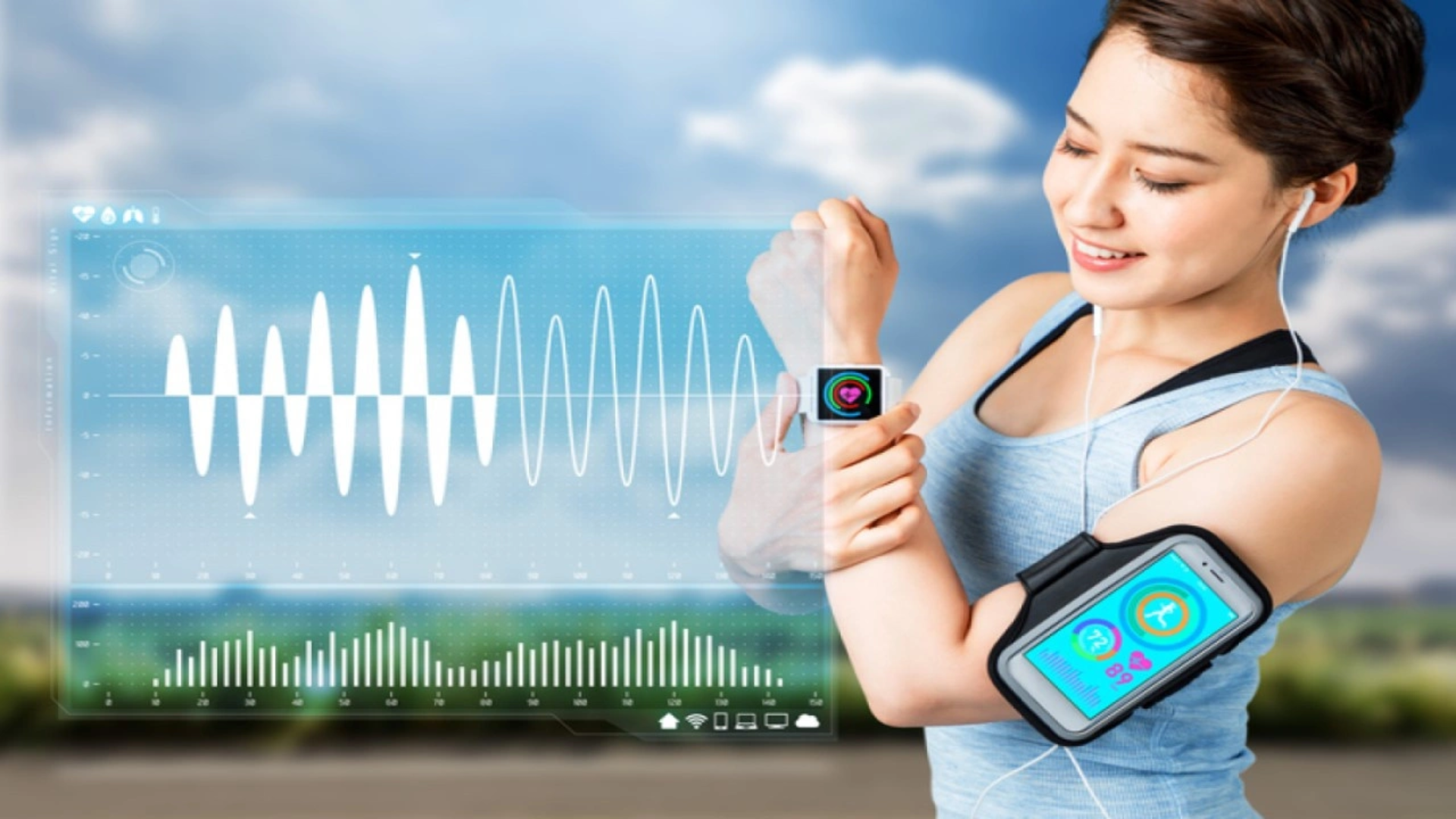Wearable technology has quietly and efficiently entered our lives, promising to improve everything. From tracking our steps to monitoring our heartbeats, these gadgets have become our loyal sidekicks. But how exactly are they changing our lives? Let’s dive into the world of wearables and see how they’re reshaping our daily routines, health, and even our fashion sense (yes, those smartwatches can be stylish too).
The Evolution of Wearable Technology
Before we delve into the specifics of how wearables are changing our lives, let’s take a brief look back.
- In the Beginning Remember those bulky pedometers from the 90s? They were about as reliable as a weather forecast based on your grandma’s arthritis. But they laid the groundwork for today’s sleek fitness trackers.
- Smartwatches and Fitness Trackers Then came the smartwatches and fitness trackers, which not only counted steps but also monitored heart rates, sleep patterns, and even stress levels. Who knew a tiny gadget on your wrist could be your life coach?
- The Latest Innovations Now, wearables include everything from smart glasses to rings and even shoes. Yes, shoes! They’re not just for walking anymore; they’re tracking your performance and telling you when it’s time to buy a new pair.
Health and Fitness: The Biggest Winners
Let’s face it: we all need a little nudge to hit the gym or take a walk. Wearables have become that annoying yet lovable friend who constantly reminds us to move.
Fitness tracking made fun.
- Steps and Calories: Counting steps has never been so satisfying. You hit 10,000 steps, and your wrist throws a tiny celebration party with vibrations and fireworks on the screen. Who wouldn’t want that?
- Challenges and Goals: Compete with friends or set personal records. Nothing fuels your motivation like knowing that Karen from accounting is 500 steps ahead of you.
Health Monitoring: A Lifesaver
- Heart Rate Monitoring: Wearables now track your heart rate 24/7, alerting you if something seems off. It’s like having a mini ER on your wrist.
- Sleep Analysis: No more guessing if you’re sleeping well. These gadgets can tell if you’ve been tossing and turning or snoring like a chainsaw.
- Early Detection: Some wearables can even detect irregular heart rhythms, potentially saving lives. Imagine your watch yelling, “Hey, go see a doctor!” It’s annoying but necessary.
Wearables in the Workplace: Boosting Productivity
Who says wearables are just for fitness buffs? They’ve found their way into offices and workplaces, too.
Tracking Employee Wellness
- Companies now provide fitness trackers to employees to monitor wellness. Nothing conveys “We care” more effectively than a device that prompts you to rise from your seat.
- Employees can track stress levels and manage workloads better. Stress? There’s an app for that.
Improved Communication
- Smartwatches allow for quick communication without pulling out your phone. These smartwatches are ideal for meetings where it’s not acceptable to check texts.
- Notifications on wearables ensure you never miss an important email, even when you’re making your third coffee of the day.
Fashion Meets Functionality
Gone are the days when wearable tech was all about clunky designs and boring colors. Today, they’re as much about style as they are about functionality.
Smartwatches are fashion statements.
- Brands like Apple, Samsung, and Fitbit offer customizable bands, allowing you to match your watch to your outfit. It’s like accessorizing with a purpose.
Smart rings and glasses.
- Smart rings are the new “It” accessory. They’re subtle, sleek, and packed with features like step tracking and contactless payments. Fancy!
- Smart glasses like Meta’s Ray-Ban Stories combine style with functionality, letting you take photos and videos hands-free. Say cheese!
The Dark Side of Wearable Technology
Of course, no tech is without its downsides. Wearables have their quirks and issues, too.
Privacy Concerns
- These gadgets collect a ton of data. While most companies promise to keep it secure, there’s always a risk. Do you really want your step count to end up in a hacker’s hands?
Over-Reliance on Technology
- Some people become obsessed with hitting their fitness goals, even when they’re sick or injured. Remember, your body needs rest too. Your watch won’t mind if you skip a day.
Cost
- Quality wearables can be pricey. Not everyone can justify spending hundreds on a gadget that tells them they’re lazy.
Wearables Beyond Health: Fun and Quirky Uses
Wearable tech isn’t all serious business. There are some really fun and quirky applications, too.
Gaming Gadgets
- VR headsets like the Oculus Quest take gaming to another level. Just try not to trip over your coffee table while battling zombies.
Pet Wearables
- Yes, even pets have wearables now. Track your dog’s activity levels or monitor their health with a smart collar. Because Fido deserves the best.
Fashion-Forward Gadgets
- Heated jackets and smart shoes are making waves in wearable fashion. Stay warm and track your steps in style.
A Look at the Future of Wearables
The wearable tech industry isn’t slowing down. Here’s what’s on the horizon:
| Technology | Expected Impact |
|---|---|
| Smart Tattoos | Temporary tattoos with health sensors. Stylish and functional! |
| AI-Powered Wearables | Devices that adapt to your habits. Your watch may have a deeper understanding of you than your mother. |
| Biodegradable Wearables | We use eco-friendly technology that doesn’t damage the environment. |

Conclusion: More Than Just Gadgets
Wearable technology is more than just fancy gadgets. It’s improving our health, enhancing our productivity, and even making fashion statements. Sure, there are some downsides, but the benefits far outweigh them. Therefore, wearables, whether you’re using a smartwatch to track your fitness goals or a smart ring to pay for your coffee, are destined to persist. Just don’t let your watch boss you around too much—you’re still in charge. Right?










Leave a Reply